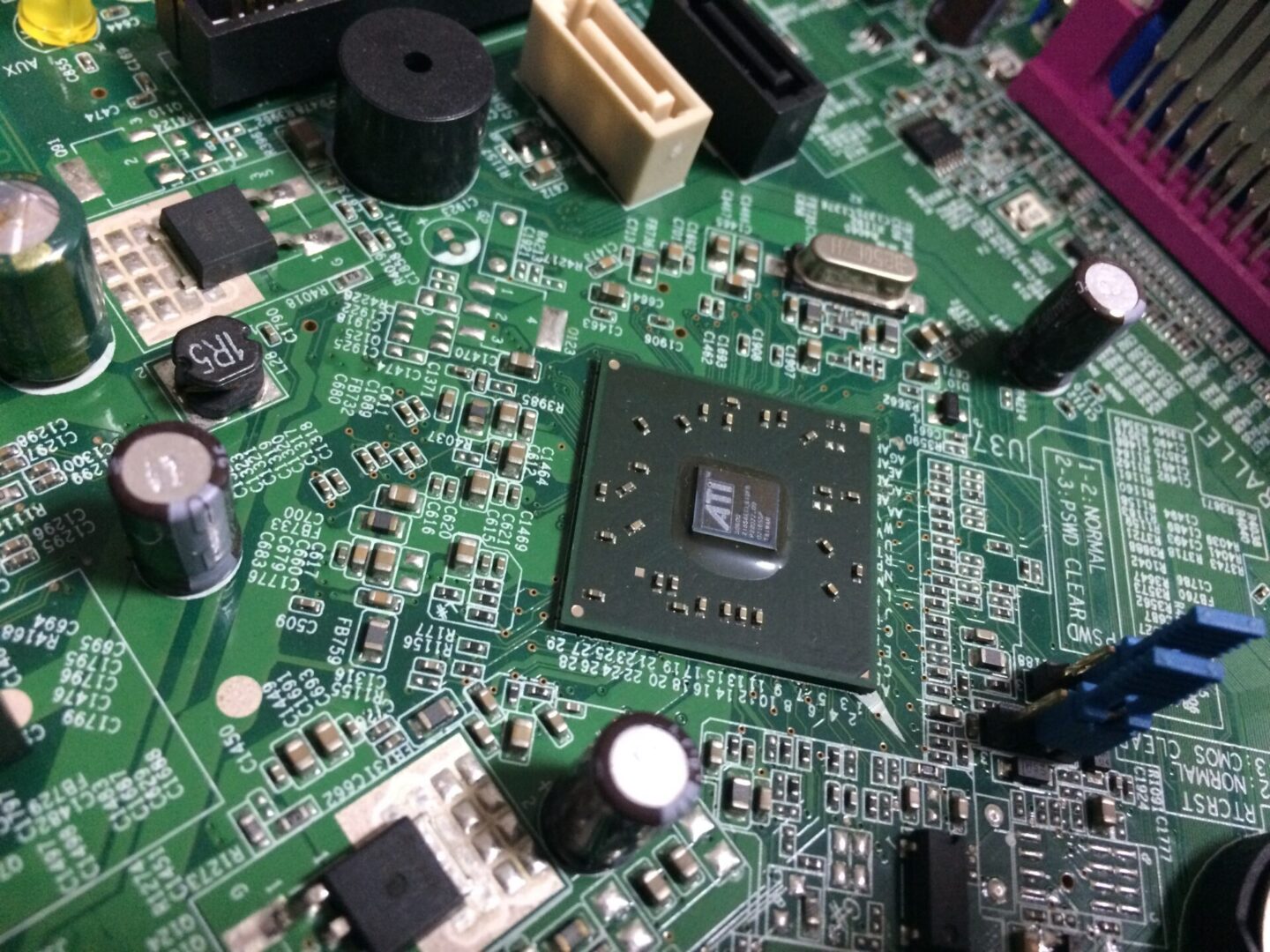
Advancing Diamond Semiconductors for Sustainable, Efficient Data Center Power
The potential of data centers to drive innovation is vast, but with this potential comes a pressing need for sustainability – both for the global environment and for the long-term functionality of the data centers themselves.
As computational demands increase with the rise of digital technologies like artificial intelligence (AI) and large language models, data centers are under unprecedented strain. This pressure not only risks compromising data center infrastructure but also exacerbates environmental impact due to continuous high power consumption.
Addressing these intertwined challenges is critical for the future of data center technology. With the rapid advancement of digital technologies, the time for action is now.
To tackle this challenge, we need a new generation of advanced semiconductors capable of managing extreme power loads. Diamonds offer the solution.
The Potential of Diamond-Based Semiconductors
Lab-grown, diamond-based semiconductors have been on the radar for some time, and industries across the spectrum recognize their potential. Recent advancements in diamond semiconductor fabrication have brought these materials to a point where they can meet the demands of rapidly expanding technologies like data centers.
A major challenge in powering data centers lies in managing heat. The immense energy consumption causes silicon-based chips to overheat, requiring extensive cooling systems that further increase power use and carbon emissions.
Even traditional diamond semiconductors, known for superior thermal management, struggle with these demands. As a result, the energy usage of data centers is compounded by the cooling technologies required, significantly increasing their carbon footprint.
While diamond-based chips already outperform many alternatives, they must become even more efficient. Recent breakthroughs in semiconductor doping techniques have granted us precise control over diamond’s electronic properties, representing a critical step toward handling heavy data center power loads and reducing their environmental impact.
One breakthrough involves advanced doping methods that adjust the crystalline structure of diamond to incorporate both n-type and p-type dopants. This process enhances the diamond’s electronic properties, reduces structural deficiencies, and improves conductivity – vital advancements for managing the thermal and computational demands of data centers.
This approach significantly improves the electronic characteristics of diamond, resulting in semiconductors with higher carrier mobility and fewer defects. These refined diamond-based chips are now well-positioned to handle intensive data center power requirements and facilitate efficient quantum gates essential for high-performance computational systems.
The Real-World Impact of Advanced Diamond Chips
In practical terms, the rapid growth of AI and large language models is overwhelming silicon-based semiconductors, resulting in an unnecessarily large carbon footprint. Transitioning to advanced diamond semiconductors would not only enhance computational efficiency but also, thanks to their superior thermal management, eliminate the need for additional cooling systems.
This shift could save the energy equivalent of millions of homes, reduce coal dependency, and lower CO₂ emissions – benefits that are urgently needed in today’s climate-conscious landscape.
The improvements in performance and thermal management that diamond-based electronics offer are unmatched by other advanced materials, including silicon carbide and gallium nitride. Diamond is the optimal material for data center semiconductors, minimizing energy losses, supporting extreme temperatures, and accommodating high voltages typical in data center operations.
Together, these advantages make diamond the ideal choice for a sustainable, high-performance future in data center technology.
